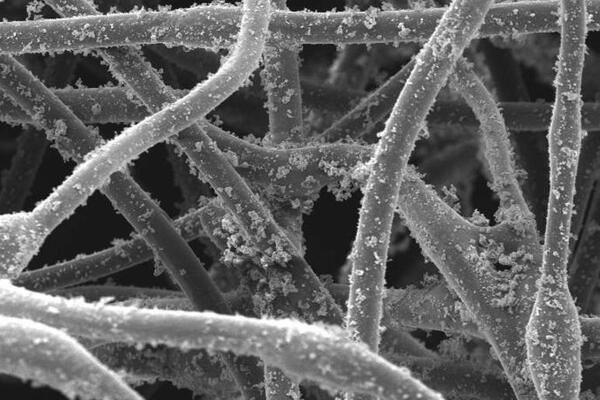
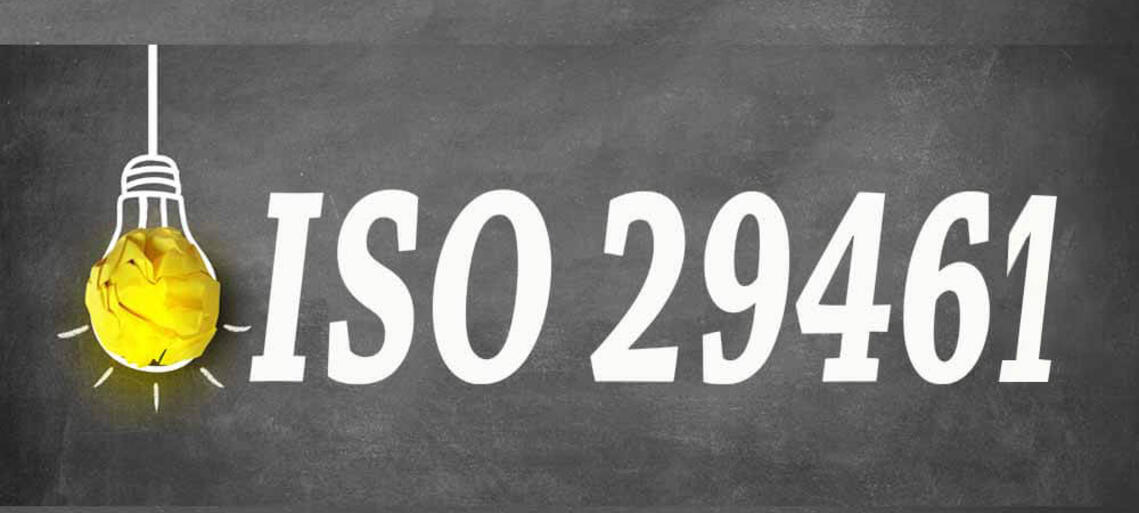
With regard to the testing of static filter elements of different designs (pocket filters, panel filters, compact filters and cartridge filters) in the field of application of supply air filtration of gas turbines, ISO 29461 exists, which has recently been updated with the version ISO 29461-1:2021. This standard replaces the first edition ISO 29461-1:2013. The updated ISO 29461 standard specifies methods and procedures to determine the performance of air filters in the application area of rotating machinery such as stationary gas turbines, compressors and other stationary combustion machines. The main changes are a new test method, which refers to ISO 16890 and ISO 29463, as well as new filter classes for air filters, ranging from ISO T1 up to ISO T13.
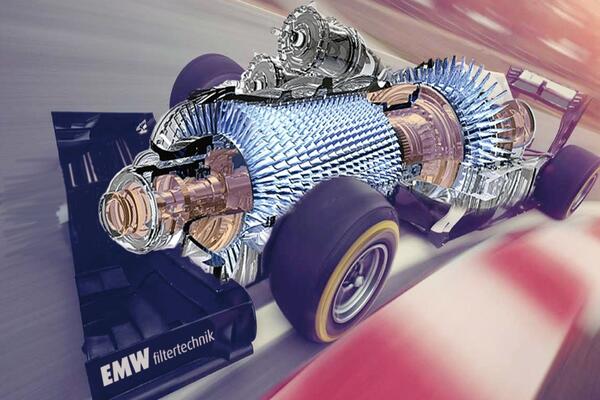
In the applications of rotating machinery a filter system plays a mature role, when it comes to the protection of the machinery, as contamination can decrease the performance of a turbine power system quite substantially. Erosion, fouling, hot corrosion are often descirbed as main issues, when salt and other particles reach the machinery. This can cause a significant reduction of efficiency of a machinery.
Already in 2013 the standard ISO 29461 for air intake filter systems of rotary machinery has been published. However, while the previous First Edition ISO 29461-1:2013, which did not provide any classification of filters, never really established itself with filter manufacturers and their customers in the gas turbine market segment, the updated version breaks with the previous flaw. The new Second Edition ISO 29461-1:2021 (German edition DIN EN ISO 29461-1:2021 - draft) carries out an independent classification of air filters for the gas turbine sector, which is sensibly based on test results according to ISO 16890 and ISO 29463.
The classification comprises the filter classes ISO T1 to ISO T13, whereby the filter classes ISO T1 to ISO T9 are based on the test procedure according to ISO 16890 and the filter classes ISO T10 to ISO T13 are based on the test procedure according to ISO 29463.The test results are thus based on the valid test standards for filters from the field of general ventilation and air conditioning (ISO 16890 series of standards) and for HEPA filters (EN 1822 Part 1 and ISO 29463 series of standards).
The following table provides an overview of the new filter classes in accordance with ISO 29461 and clarifies the relationship to the other two standards.
| Filter classes according to ISO 29461 | Filter groups |
Test results according to EN 1822-1:2019 |
Test results according to ISO 16890 |
|||
| Efficiency at MPPS | ePM1,min | ePM2,5,min | ePM10 | Initial gravimetric arrestance A100 |
||
| ISO T1 | Coarse |
20 % < A100 < 50 % |
||||
| ISO T2 | ≥ 50 % | |||||
| ISO T3 | ≥ 70 % | |||||
| ISO T4 | ≥ 85 % | |||||
| ISO T5 | ePM10 | ≥ 50 % | ||||
| ISO T6 | ePM2,5 | ≥ 50 % | ||||
| ISO T7 | ePM1 |
≥ 50 % | ||||
| ISO T8 | ≥ 70 % | |||||
| ISO T9 | ≥ 85 % | |||||
| ISO T10 | EPA |
≥ 85 % | ||||
| ISO T11 | ≥ 95 % | |||||
| ISO T12 | ≥ 99,5 % | |||||
| ISO T13 | HEPA | ≥ 99,95 % | ||||
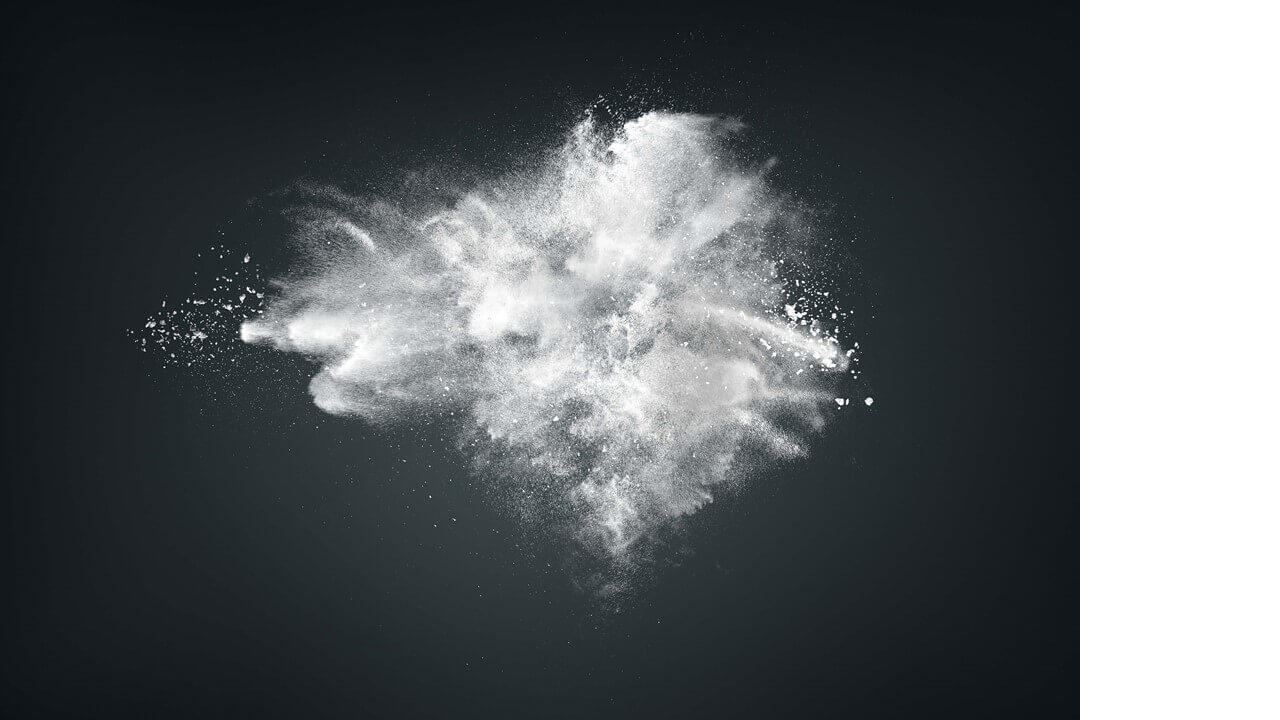
Up on the filter classes the test procedure includes the following:
To determine the filter efficiency, the testing of air filters according to ISO 29461 is based on the test procedures according to ISO 16890 and ISO 29463. However, there are differences in the test procedure, which we will explain in more detail below for the ranges of filter classes T1 to T4, T5 to T9 and T10 to T13.
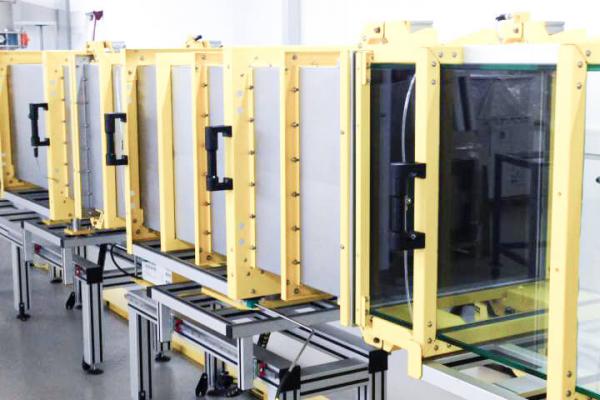
Whereas according to the current status of ISO 16890, air filters of the ISO Coarse group are classified on the basis of the initial gravimetric arrestance with an added dust mass of 30 g ISO Fine dust (also known as L2 dust according to ISO 15957 or A2 according to ISO 12103-1), ISO 29461-1 provides for a dust mass of 100 g instead. The filters of the Coarse group are then, also in contrast to the classification according to ISO 16890, not classified as ISO Coarse but in the four filter classes ISO T1, ISO T2, ISO T3 or ISO T4.
According to the new ISO 29461-1, all filters of the ISO ePM10 group according to ISO 16890 are classified as ISO T5, those of the ISO ePM2,5 group as ISO T6. Only within the ISO ePM1 group according to ISO 16890 does the new ISO 29461-1 make a finer distinction and define the filter classes ISO T7, ISO T8 and ISO T9. It should be noted here that the finer distinction in ISO 16890 within all three ISO ePMx groups is based on PMx collection efficiencies rounded off in full increments of 5, which are based on an averaging of the fractional collection efficiencies determined on the untreated filter and on the filter conditioned with isopropanol vapor. The conditioned air filter process is concerned with any contribution to collection by electrostatic charges on the fibres of the filter media.
This is, because, depending on the type of media, the characteristic of an electrostatic charge can cause a high separation efficiency on the test bench, while in the real application a much lower separation efficiency occurs.
The grading of ISO 29461-1 within the ePM1 group into the three associated classes ISO T7 to ISO T9, on the other hand, is based on a differentiation of the ePM1,min values and thus only on the fractional collection efficiencies determined on the conditioned air filter, in order to also evaluate the influence without a possible electrostatic charge of the filter.
The EPA and HEPA HEPA filters of classes ISO T10 to ISO T13 to ISO 29461-1 to be tested in accordance with ISO 29463 correspond to filter classes E10 to H13 to EN 1822-1.
In the classification according to ISO 29463-1, there is no corresponding class to ISO T10 or E10. The classes ISO T11, ISO T12 and ISO T13 correspond to the filter classes ISO 15E, ISO 25E and ISO 35H according to ISO 29463-1.
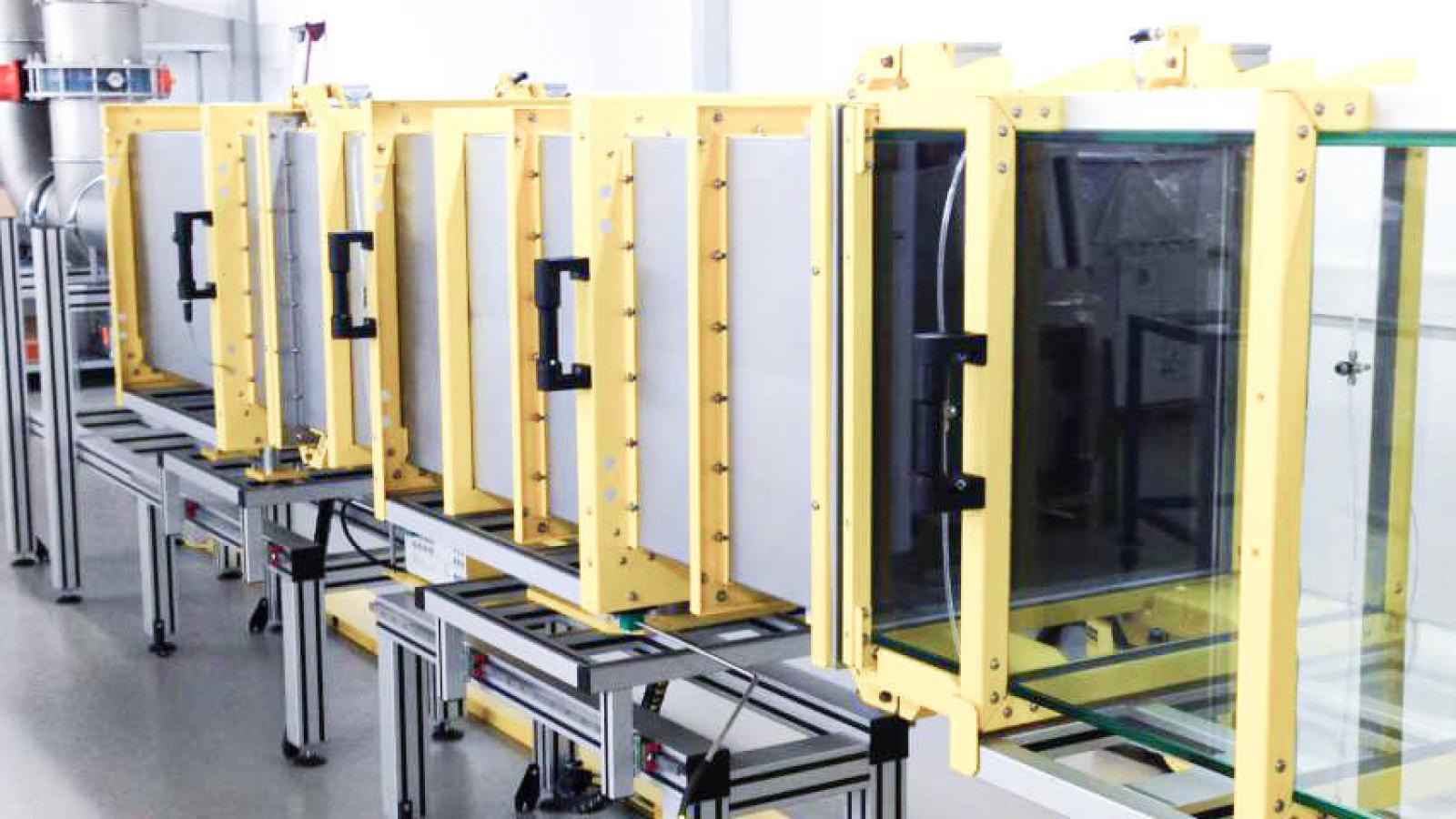
Regarding dust loading, ISO 29461-1 stipulates a final pressure drop of 375 Pa for filters of the Coarse group, and a final pressure drop of 625 Pa for filters of the ePMx groups and for EPA and HEPA filters.
ISO 16890-3, on the other hand, provides for a final pressure drop of 200 Pa for filters of the Coarse group, and a final pressure drop of 300 Pa for filters of the ePMx groups, dust loading being optional for filters of the ISO ePMx groups. ISO 29463 for HEPA filters does not provide for dust loading.
With regard to the intended final pressure losses, it should be noted that ISO 16890 actually specifies a volume flow rate range of 900 m³/h to 5400 m³/h. Whereby the test is usually carried out at 3400 m³/h if no other nominal volume flow is specified by the filter manufacturer. ISO 29463, on the other hand, does not make any specifications regarding the volume flow rate range; the test should be carried out at the nominal volume flow rate.
The new ISO 29461-1 for static supply air filters in the gas turbine sector, on the other hand, specifies a volumetric flow rate range of 850 m³/h to 8500 m³/h. If the filters are therefore tested at a higher volume flow rate than is usually the case with the standards to which ISO 29461-1 refers, it is logical that higher final pressure losses are also specified. However, the upper limit of the volume flow of 8500 m³/h in ISO 29461-1 is a very high value, which is unrealistic for most applications, even in the field of gas turbine inlet air filtration. Only in the case of gas turbines for power generation on offshore oil or gas production platforms may there be isolated cases of such high volume flows attributable to the individual filter element.
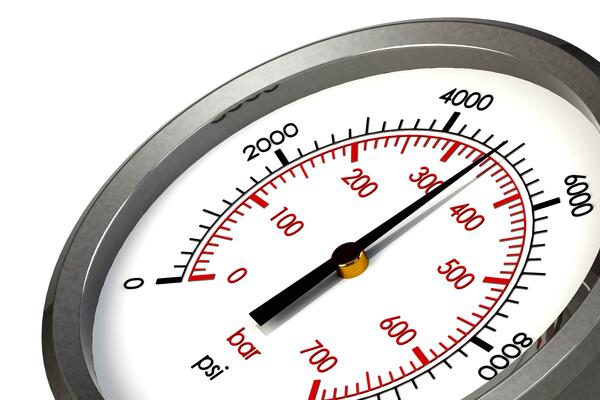
ISO 29461-1:2013 never really caught on with filter manufacturers and their customers in the gas turbine market segment. This may be due to the fact that no classification of air filters was provided for, making it difficult to distinguish between different air filters.
With the updated version ISO 29461-1:2021, a classification is now made. Filter classes ISO T1 to ISO T4 can be divided into the range of ISO coarse groups, which are also known as coarse dust filters. Filter classes ISO T5 to T9 cover the PM groups ePM10, ePM2,5 and ePM1. The ISO T10 to ISO T13 filter classes result from the efficiency in the MPPS and thus include the known EPA HEPA filters and HEPA filters.
The update of ISO 29461 and the interpretation of the test standard to the special field of application of intake filter systems of rotary machines should please the users of stationary gas turbines, compressors, and other stationary combustion machines. In particular, the extension of the standard to include unambiguous classification features simplifies handling, so that air filters can be compared more easily on the basis of the filter classes they achieve.
However, recording the dust holding capacity involves the risk of basing the assessment calculation for filter selection on a parameter that has little practical relevance. Particularly in the range of filter classes T10 to T13, which are tangential to the well-known EPA and HEPA air filters, the results from the test rig are likely to be difficult to compare with the results that can be achieved in real-world use. The main reason is: high efficient air filters on the final stage always operate with a suitable pre-filter configuration. The job description of high efficient filters is to separate mainly ultra-fine particles in the range of below 0.4µm. This particle spectrum contribute to approximately more than 99% of the particle numbers in our atmosphere. However, the mass normally comes from particles larger than 1.0 µm. Accordingly these "massive" particles get captured by the prefilter stages. In this respect, the filtration of larger, heavier dust particles under real operation of the higher ranking filter classes is hardly of any WEIGHT! It is therefore also worthwhile in this subject of the filter industry to put the results into perspective with regard to one's own application and individual operating objectives. We will be happy to advise you individually and keep you up to date on ISO 29461 and other relevant filtration topics via our EMW channel on LinkedIn and YouTube or our newsletter.
1. For which applications does the ISO 29461-1:2021 test standard determine the performance of air filters?
2. Which filter classes does the classification according to ISO 29461-1:2021 cover?
3. Within which air flow rates does a filter test according to ISO 29461-1:2021 run?
4. Which filter classes according to ISO 29461-1:2021 represent the filter group ePM1?
5. Which filter classes according to which standard are comparable with the filter classes ISO T10 - ISO T13 according to ISO 29461-1:2021?